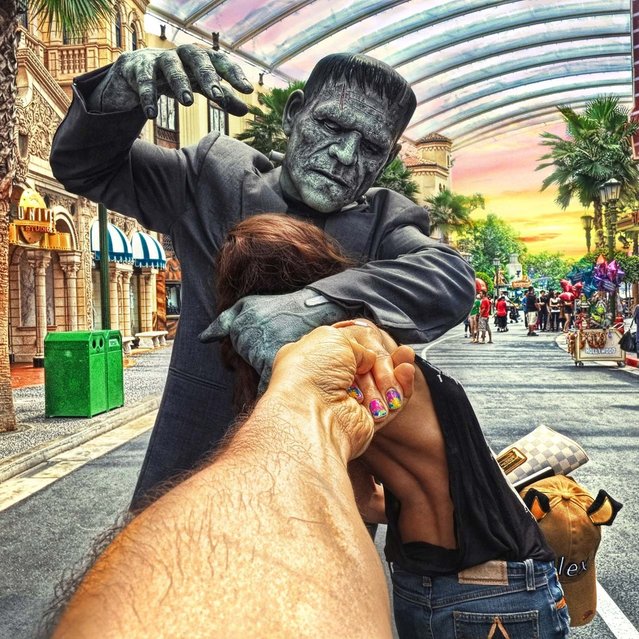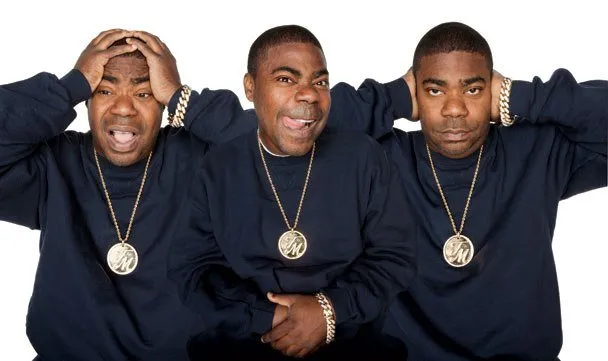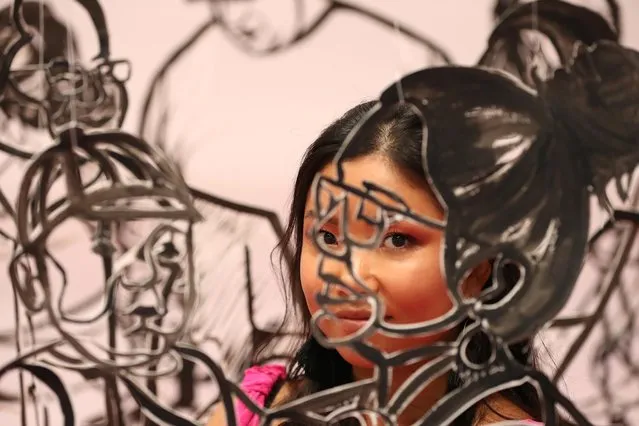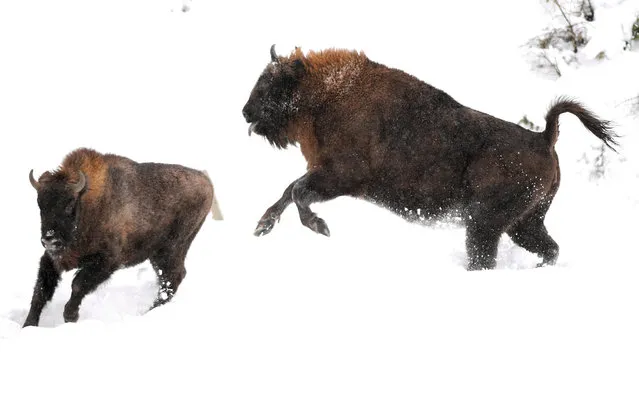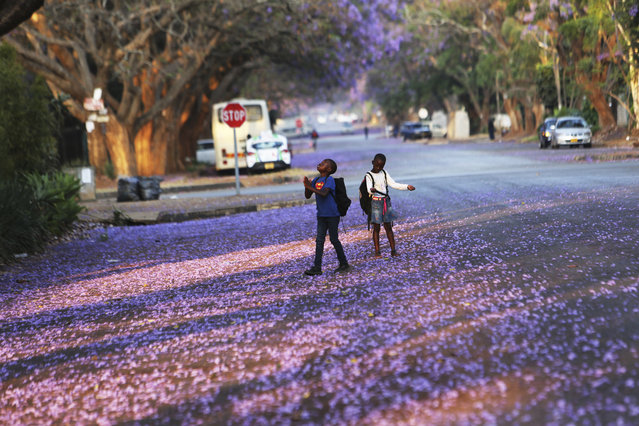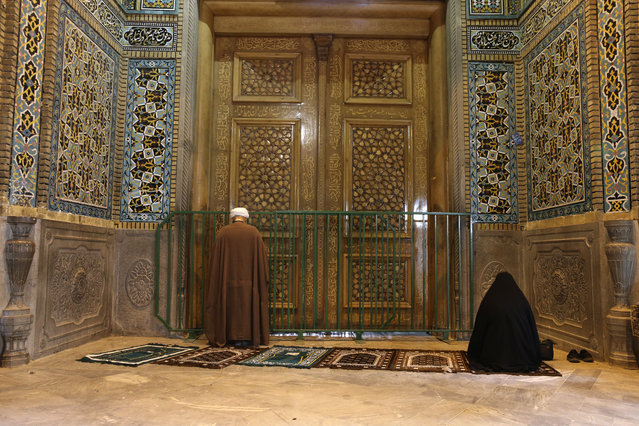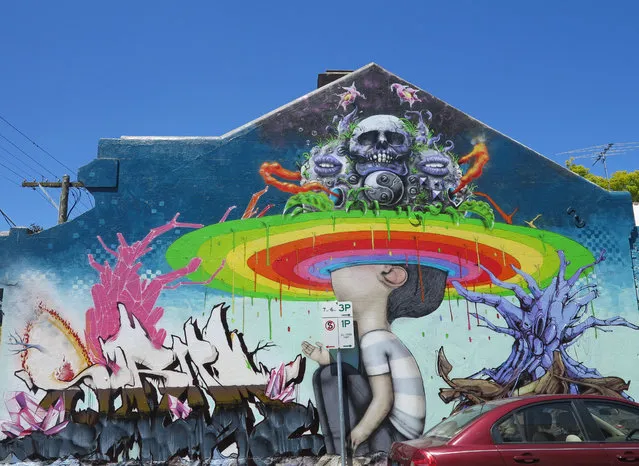
Artist Julien “Seth” Malland aka Seth Globepainter has become known around the world for his vibrant murals of people, most frequently children, who appear to be sucked into colorful rainbow-like voids. The figures are usually facing away from the viewer, their attention completely swallowed by pools of dripping color revealed behind drab, urban facades.
03 Jun 2015 10:05:00,post received
0 comments

